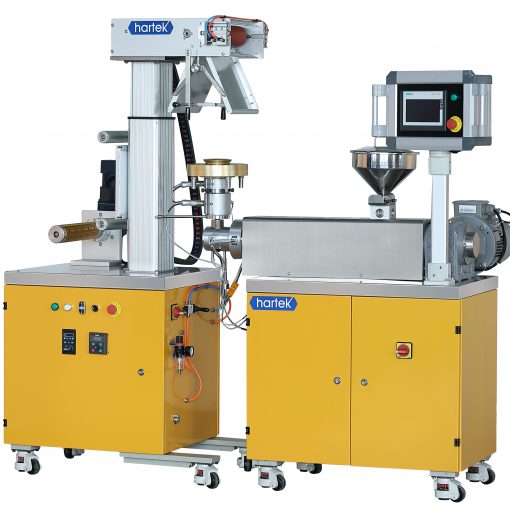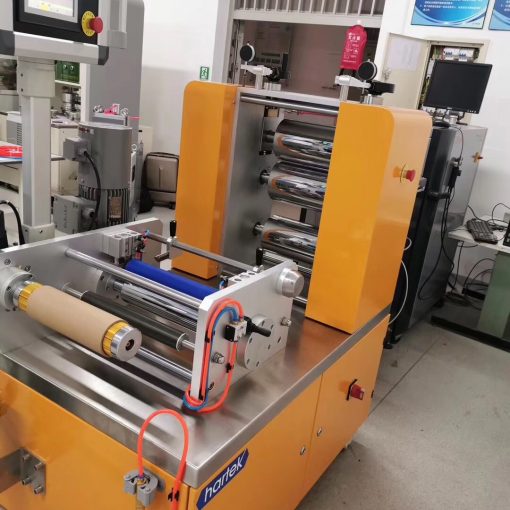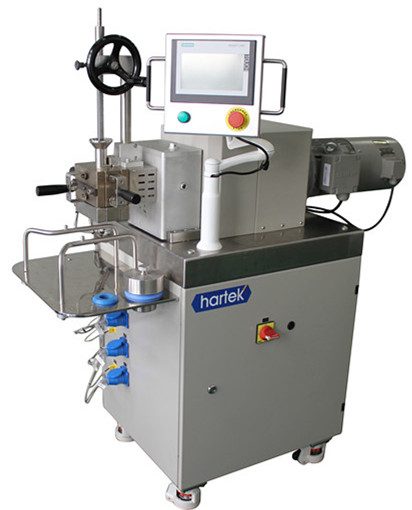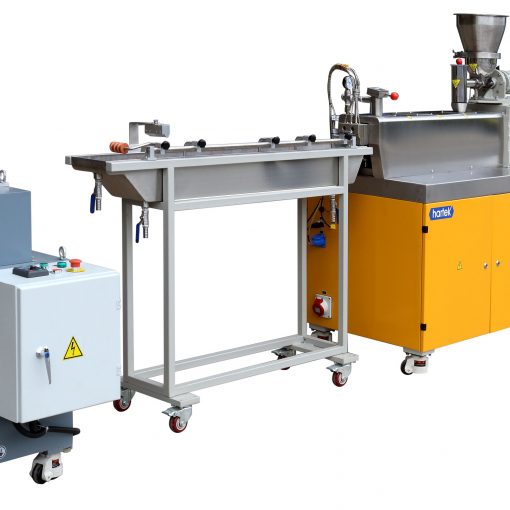Knowledge of laboratory equipment:
Open mixer is one of the basic equipment in rubber industry and one of the three major rubber mixing equipment. It is the earliest and most basic rubber machinery used in rubber industry with simple structure. As early as 1820, a single-roll trough rubber mixer driven by manpower appeared. Twin-roller rubber mixer was used in rubber processing and production in 1826. It has a history of more than 180 years. The design and manufacture of large-scale start-up mills in China began in 1955. In the past 50 years, the design and manufacture level of the refiner has been greatly improved. In recent years, domestic new structure refiners have been constantly emerging. It has greatly promoted the development of refinery. Up to now, domestic refiners have become a series, and have completed the finalization design of some specifications, and have been exported to foreign countries.
With the continuous development of rubber industry, the refiner is gradually improved and constantly updated. Due to the application and development of extruder, mixer and continuous mixer, the scope of use of the starter has been significantly reduced in the automatic flow mixing line. However, it is still widely used in small and medium-sized factories, especially in the production of reclaimed rubber and small batches of special rubber and rubber compound. Foreign people believe that the internal mixer does not replace the open mixer, the internal mixer is only to produce nearly finished rubber, and later processing, it is better to use the open mixer to continue to complete. There has been little change in the series of foreign refiners, and the structure has tended to be finalized. It is only a continuous innovation in parts and components. Its development trend is to improve the level of mechanized automation, improve working conditions, improve production efficiency, reduce the area occupied by machine, improve accessory devices and extend service life, etc.
Future development direction: control, automation operation, improvement of working conditions; distance adjustment; bearing; safety device (omnidirectional brake); transmission, the use of double axle; roller material and casting method.




